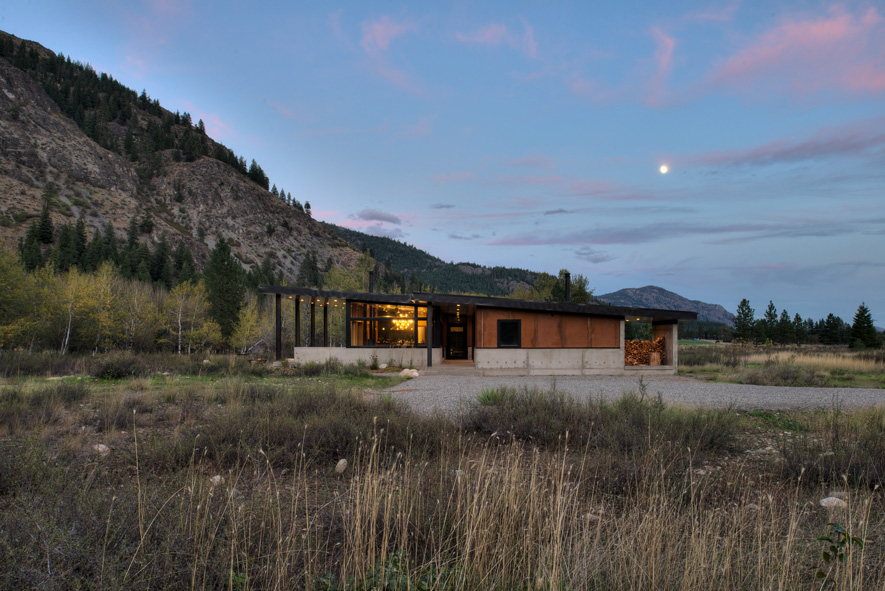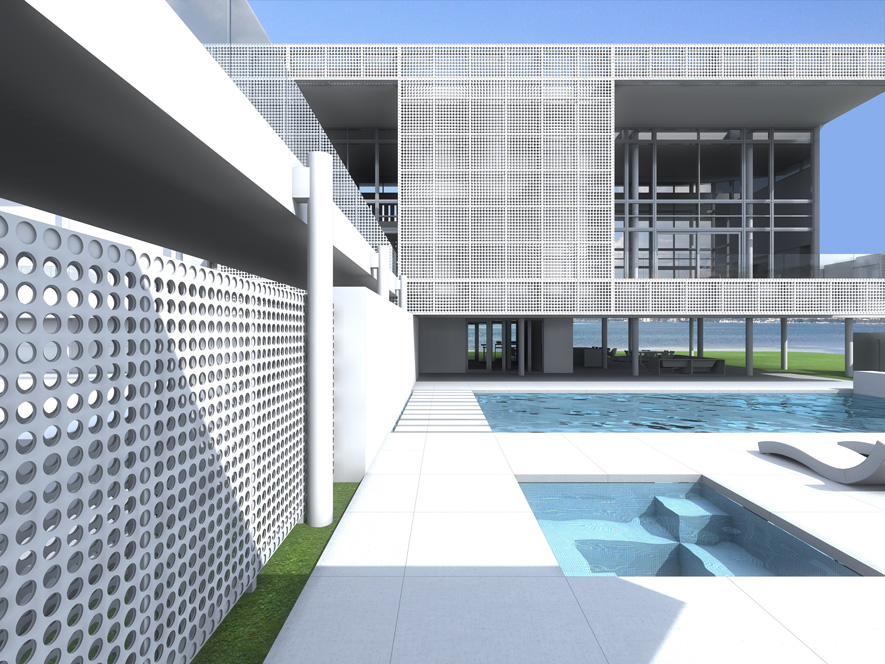Home Sweet BIM
ON THE SAME PAGE
The bottom line is that residential clients are much more engaged in the design process, which is a win-win for both clients and architects.
“I love that my clients understand what we’re proposing,” says Christopher T. Lee, AIA, NCARB, Design Associates Architects, Jackson, Wyoming. “There’s no more anxiety, wondering if they understand what we’re building. We’ve covered the design in this BIM presentation software, so they know what to expect.”
Furthermore, when homeowners want to make changes, they can see the BIM software updating all of the views and drawings on the spot. This type of real-time experience further engages owners in the overall process, almost always resulting in a more satisfied customer.
“Our clients are beyond thrilled that they can pull out their iPhone and show off their ‘finished’ house, even prior to the commencement of construction,” relates Forrest Murphy, AIA, LEED AP, principal, CAST Architecture, Seattle, Washington. “We see them getting very excited when we can show them their design in full detail. The technology helps give them the confidence to move forward into construction.”
Case in point, for CAST’s Ward Street Bungalow project in Seattle, the architects proposed a two-story addition behind the small existing bungalow, with a wedge-shaped courtyard that cut into the old house between the two spaces. However, the owners were initially worried that the courtyard would feel too confined, especially on the uphill side of the steep slope.
“I remember one design meeting where we sat with the clients in front of a laptop, running sun studies in real-time as we swung the angle of the wall in and out to see how both the interior and exterior spaces felt as we made changes,” recalls Murphy. “It was a real turning point, as their doubt slowly turned into enthusiasm.”
On another CAST project, the Ranchero Cabin, Mazama, Washington, located in an open area on the eastern slopes of the Cascade Range, the family envisioned an indoor/outdoor lifestyle, but were concerned about the combination of high-desert sun and floor-to-ceiling glass. “Our ability to quickly and accurately adjust the project renderings as they considered different window packages was a key element in hitting both their design goals and their relatively limited budget,” relates Murphy.

Photo courtesy of CAST of Architecture
By virtue of presenting different window packages with an easy-to-use BIM viewer for the Ranchero Cabin in Mazama, Washington, the owners eventually hit upon the design that was right for them.
Sharing a few success stories, Ogrydziak relates how his firm’s Gallery House in San Francisco involved the owner’s need to display large artworks in the residence. With high-resolution scans of the artwork, Ogrydziak and his partner reproduced the entire collection within the BIM environment. Using this virtual exhibition, this assisted the designers with locating and sequencing the display walls and sculpture areas.
For this same project, the architects developed multiple options for a computationally designed facade lattice, which eventually emerged as one of the project’s most prominent architectural features. “Throughout this process, we were able to easily combine our overall BIM model and the various lattice options for evaluation and refinement with our clients,” recalls Ogrydziak.

Image courtesy of Architecture by Guy Peterson (OFA)/Joe Kelly, renderer
Located on a barrier island off Sarasota, Florida, this upscale SRQ House utilized BIM for full project development through construction documents.
Working with a very successful Silicon Valley entrepreneur as a client on a recent project, Lee relates how an individual was blown away by the capabilities of BIM presentation software. “He’d never seen anything like it, which says a lot because he hangs out with a pretty cutting-edge crowd,” says Lee.
After pulling the entrepreneur’s proposed materials into the BIM viewer and adjusting the model accordingly, the client was sold to the point that he asked the contractor to match the model, and the design was completed.
Experiencing a similar reaction from a client who was a Hollywood digital special effects professional, Hertz relates how this individual assumed that the BIM viewer would be rudimentary and had planned on using his own software to visualize the project. “After playing with the technology, he became a total fan, not only of the sophistication of the software, but especially for its ease of navigation and usability.”









